Home>Construction & Tools>Building Materials>How To Paint Brick To Look Like Stone
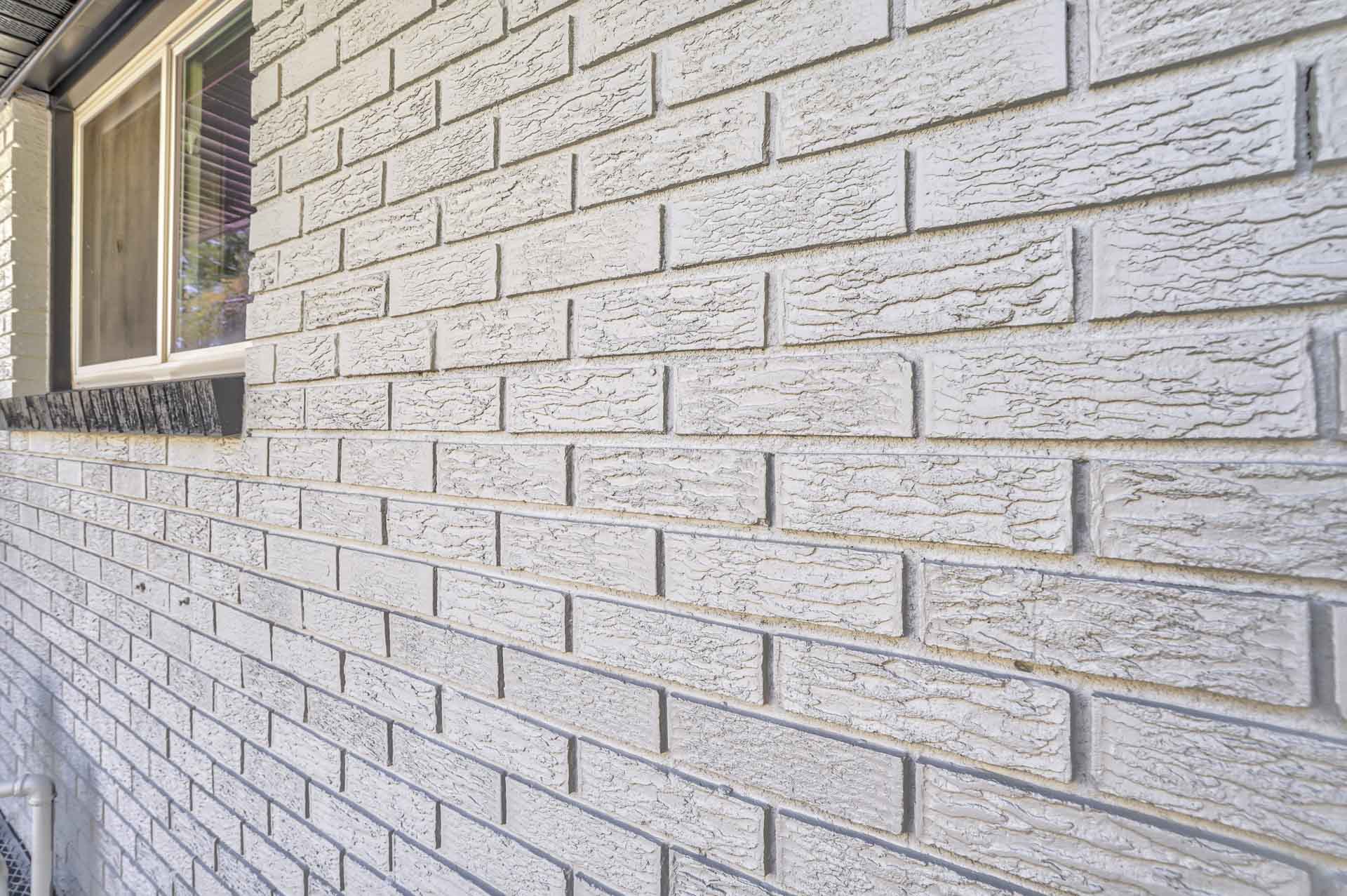

Building Materials
How To Paint Brick To Look Like Stone
Modified: March 9, 2024
Learn how to transform brick into a stunning stone finish with our step-by-step guide. Find all the building materials you need for this project.
(Many of the links in this article redirect to a specific reviewed product. Your purchase of these products through affiliate links helps to generate commission for Storables.com, at no extra cost. Learn more)
Introduction
Welcome to the exciting world of faux finishing, where the ordinary can be transformed into the extraordinary. If you’ve ever looked at a plain brick wall and wished it had the timeless elegance of natural stone, then you’re in for a treat. With the right materials, techniques, and a touch of creativity, you can learn how to paint brick to look like stone, adding a touch of sophistication and charm to your living space.
Whether you’re aiming for the rustic allure of limestone, the rugged appeal of slate, or the classic beauty of granite, this article will guide you through the process of achieving a stunning stone-like finish on your brick surface. So, roll up your sleeves, unleash your inner artist, and let’s dive into the fascinating world of faux stone painting.
Key Takeaways:
- Transforming a plain brick wall into a stunning faux stone masterpiece is an exciting and creative process that involves choosing the right paint, preparing the brick surface meticulously, and adding depth and dimension to achieve a remarkably realistic finish.
- By carefully selecting high-quality paints, creating authentic stone textures, and paying attention to finishing touches, you can elevate your living space with the timeless allure and captivating beauty of natural stone, showcasing the transformative power of creativity and imagination.
Read more: How To Paint Vases To Look Like Pottery
Choosing the Right Paint
Before you embark on your faux stone painting journey, it’s crucial to select the appropriate paint for the job. Opting for high-quality acrylic or latex-based paints is essential, as these types of paint adhere well to brick surfaces and offer durability. Additionally, consider choosing paint colors that mimic the natural hues of the stone you wish to replicate. For instance, if you’re aiming to emulate the earthy tones of sandstone, selecting warm beige, tan, and ochre shades would be ideal.
When it comes to creating the intricate textures and nuances of natural stone, specialized faux finishing paints and glazes are invaluable. These products are formulated to provide the depth, dimension, and mottled effects characteristic of various stone types. Look for paints specifically designed for faux stone applications, as they often contain additives that facilitate blending and layering, enabling you to achieve a remarkably realistic finish.
Furthermore, consider the sheen of the paint. While satin or eggshell finishes are commonly used for interior applications, a matte finish can lend a more authentic appearance to the faux stone surface. Experimenting with different sheens and finishes during the sample phase can help you determine the most suitable option for your desired aesthetic.
Finally, don’t underestimate the power of primer. Applying a high-quality primer specifically designed for masonry surfaces is crucial for ensuring proper adhesion and a uniform base for your faux stone painting project. A primer will also help seal the porous nature of the brick, allowing the subsequent layers of paint to adhere effectively.
By carefully selecting the right paints, finishes, and primers, you can set the stage for a successful faux stone painting endeavor, bringing your vision of a stunning stone-like brick surface to life.
Preparing the Brick Surface
Before you begin the transformative process of painting your brick to resemble stone, it’s essential to prepare the surface meticulously. Proper preparation not only ensures better adhesion and longevity of the faux finish but also contributes to a more professional-looking result.
The first step in preparing the brick surface is thorough cleaning. Use a stiff-bristled brush or a pressure washer to remove any dirt, grime, or loose mortar from the bricks. Pay close attention to the mortar joints, as they can accumulate debris and may require additional cleaning. Once the surface is clean, allow it to dry completely before proceeding.
Next, inspect the brick for any signs of damage or deterioration. Cracked or chipped bricks should be repaired, and any gaps in the mortar should be filled to ensure a smooth and even surface for painting. Additionally, if the brick has been previously painted, it’s crucial to assess the condition of the existing paint. Any flaking or peeling paint should be removed, and the surface should be sanded to create a suitable base for the new finish.
After addressing any necessary repairs, it’s time to apply a high-quality masonry primer. The primer serves as a crucial intermediary layer, promoting adhesion and providing a consistent base for the subsequent paint layers. Be sure to select a primer specifically formulated for masonry surfaces, as it will offer the best adhesion and durability.
Once the primer has been applied and allowed to dry according to the manufacturer’s instructions, the brick surface is ready for the transformation to begin. By investing time and effort in meticulous surface preparation, you can ensure that your faux stone finish not only looks stunning but also stands the test of time, captivating admirers for years to come.
Applying the Base Coat
With the brick surface meticulously prepared, it’s time to lay the foundation for your faux stone masterpiece by applying the base coat. The base coat serves as the canvas upon which the intricate textures and nuances of the faux stone finish will be created, making it a crucial element in the painting process.
When selecting the color for the base coat, consider the overall aesthetic you wish to achieve. For lighter stone finishes such as limestone or sandstone, a warm, neutral base coat can provide an ideal starting point. Conversely, for darker stone varieties like slate or granite, a deeper base coat color can set the stage for a more dramatic effect.
Using a high-quality acrylic or latex paint specifically formulated for masonry surfaces, apply the base coat evenly across the entire brick surface. A roller or paint sprayer can expedite the application process, ensuring consistent coverage and a smooth finish. Be sure to work methodically, covering one manageable section at a time to maintain a wet edge and avoid visible seams or lap marks.
After the base coat has been applied and allowed to dry thoroughly, it’s beneficial to step back and assess the overall appearance. This is an opportune moment to ensure that the base coat imparts the desired undertones and provides a solid foundation for the subsequent layers of paint and texture.
Remember, the base coat sets the stage for the magic that follows, so take the time to achieve a flawless foundation. With the base coat in place, you’re ready to embark on the exhilarating journey of transforming your brick surface into a stunning faux stone masterpiece.
Use a base coat of light gray or tan paint on the brick. Then, use a sponge or rag to dab on darker shades of gray and brown to create a textured stone look. Finish with a coat of clear sealant.
Creating the Stone Texture
As you delve into the art of faux stone painting, the creation of authentic stone texture is a pivotal step in achieving a remarkably realistic finish. Whether you aspire to replicate the rugged surface of slate, the intricate patterns of granite, or the smooth undulations of limestone, mastering the art of texture creation will bring your faux stone surface to life.
One effective technique for imparting texture involves the use of specialized faux finishing tools, such as sea sponges, natural bristle brushes, or even crumpled parchment paper. These tools can be utilized to dab, stipple, or drag tinted glazes over the base coat, simulating the intricate patterns and irregularities found in natural stone. Experimenting with different tools and application methods can yield diverse textures, allowing you to tailor the finish to emulate your desired stone type.
Layering is another key aspect of texture creation. By applying translucent glazes in varying tones and hues, you can build depth and dimension, replicating the multi-tonal complexity of genuine stone. This layering technique enables you to introduce subtle veining, mottling, and color differentiations, further enhancing the realism of your faux stone surface.
Observation of natural stone surfaces can provide invaluable insight into the diverse textures and patterns present in different stone types. Studying the characteristics of your desired stone can inspire and inform your approach to texture creation, allowing you to replicate the distinctive features that make each stone variety unique.
Throughout the texture creation process, embrace experimentation and creativity. Don’t be afraid to blend, layer, and refine the textures until you achieve a result that resonates with the natural beauty of authentic stone. With patience and a discerning eye, you can infuse your faux stone surface with captivating textures that captivate the senses and elevate the aesthetic appeal of your space.
Read more: How To Make Painted Brick Look Natural
Adding Depth and Dimension
As you progress in your faux stone painting endeavor, infusing your surface with depth and dimension is a pivotal stage in elevating the realism and visual impact of the finish. By strategically enhancing the three-dimensional aspects of the faux stone surface, you can imbue it with a sense of authenticity and captivating allure.
One effective method for adding depth involves the strategic application of darker and lighter tones to accentuate the contours and recesses of the textured surface. By selectively highlighting raised areas and shadowing recessed regions, you can create the illusion of depth, mimicking the interplay of light and shadow found in natural stone formations.
Furthermore, the use of translucent glazes and washes can contribute to the illusion of depth by imparting subtle color differentiations and enhancing the visual complexity of the finish. By delicately layering and blending these glazes, you can introduce a sense of depth and richness, evoking the organic beauty of genuine stone.
Consider incorporating subtle gradations and variations in color to emulate the inherent diversity found in natural stone. By infusing your faux stone surface with nuanced color shifts and tonal variations, you can evoke the organic charm and visual intrigue characteristic of authentic stone formations.
Additionally, the strategic placement of highlights and shadows can further enhance the dimensional quality of the finish. By selectively accentuating textured elements with lighter tones and casting shadows in recessed areas, you can create a compelling interplay of light and dark, infusing your faux stone surface with a captivating sense of depth and realism.
By attentively refining the depth and dimension of your faux stone surface, you can elevate it from a mere imitation to a strikingly authentic representation of natural stone. Through the thoughtful application of color, light, and shadow, you can imbue your space with the timeless allure and enchanting beauty of genuine stone formations.
Finishing Touches
As you near the completion of your faux stone painting project, attending to the finishing touches will elevate the overall impact and cohesiveness of the surface, ensuring a polished and professional result. These final embellishments serve to refine the intricacies of the faux stone finish, imparting a sense of authenticity and refinement to the transformed brick surface.
One essential aspect of the finishing touches involves the careful consideration of color balance and harmony. Assess the overall distribution of colors and tones across the surface, ensuring that the interplay of hues evokes the natural beauty and visual richness of authentic stone. Fine-tuning the color composition can contribute to a harmonious and cohesive finish, enhancing the overall realism of the faux stone surface.
Furthermore, refining the details and nuances of the surface can greatly enhance its authenticity. Consider introducing subtle imperfections, irregularities, and organic variations to emulate the inherent charm and character of natural stone. By infusing the surface with these nuanced details, you can instill a sense of organic beauty and captivating realism.
The application of a protective topcoat is crucial for safeguarding the integrity and longevity of the faux stone finish. Select a high-quality clear topcoat specifically formulated for masonry surfaces to shield the painted brick from wear, moisture, and UV exposure. The topcoat not only enhances the durability of the finish but also imparts a subtle sheen, accentuating the natural luster and depth of the faux stone surface.
Finally, consider the surrounding elements and decor when completing the finishing touches. Harmonizing the faux stone surface with the overall aesthetic of the space, be it through complementary furnishings, lighting, or decorative accents, can enhance the visual impact and cohesiveness of the environment, elevating the allure of the faux stone finish.
By meticulously attending to the finishing touches, you can transform your brick surface into a captivating and authentic representation of natural stone. Through thoughtful refinement and attention to detail, your faux stone surface will exude timeless elegance and enchanting beauty, enriching the ambiance of your living space.
Conclusion
Congratulations on embarking on the captivating journey of transforming your brick surface into a stunning faux stone masterpiece. Through the artful application of paints, textures, and finishing touches, you have breathed new life into a humble brick wall, imbuing it with the timeless allure and captivating beauty of natural stone.
As you reflect on the transformative process, take pride in the meticulous attention to detail and creativity that have culminated in the creation of a remarkably realistic faux stone surface. The harmonious interplay of colors, textures, and nuances has bestowed upon your space a touch of sophistication and elegance, enriching the ambiance and visual appeal of the environment.
Moreover, the journey of faux stone painting is a testament to the boundless potential for creativity and artistry in the realm of home decor. By harnessing the power of paints and textures, you have transcended the ordinary, infusing your living space with a touch of enchantment and artful expression.
As your faux stone surface stands as a testament to your ingenuity and vision, may it serve as a source of inspiration and admiration, captivating the senses and evoking a sense of timeless beauty. Whether you’ve recreated the rugged charm of slate, the earthy allure of limestone, or the classic elegance of granite, your faux stone surface stands as a testament to the transformative power of creativity and imagination.
As you revel in the captivating allure of your faux stone creation, may it continue to inspire and delight, serving as a reminder of the remarkable potential for artistic expression in the realm of home decor. Your journey of faux stone painting has not only bestowed upon your space a touch of timeless elegance but has also ignited a passion for creative exploration and expression.
Embrace the enchanting beauty of your faux stone surface, revel in the artful transformation you’ve achieved, and let it stand as a testament to the remarkable fusion of creativity and craftsmanship. Your faux stone creation is a testament to the beauty that can be achieved through ingenuity, passion, and a touch of artistry.
Frequently Asked Questions about How To Paint Brick To Look Like Stone
Was this page helpful?
At Storables.com, we guarantee accurate and reliable information. Our content, validated by Expert Board Contributors, is crafted following stringent Editorial Policies. We're committed to providing you with well-researched, expert-backed insights for all your informational needs.
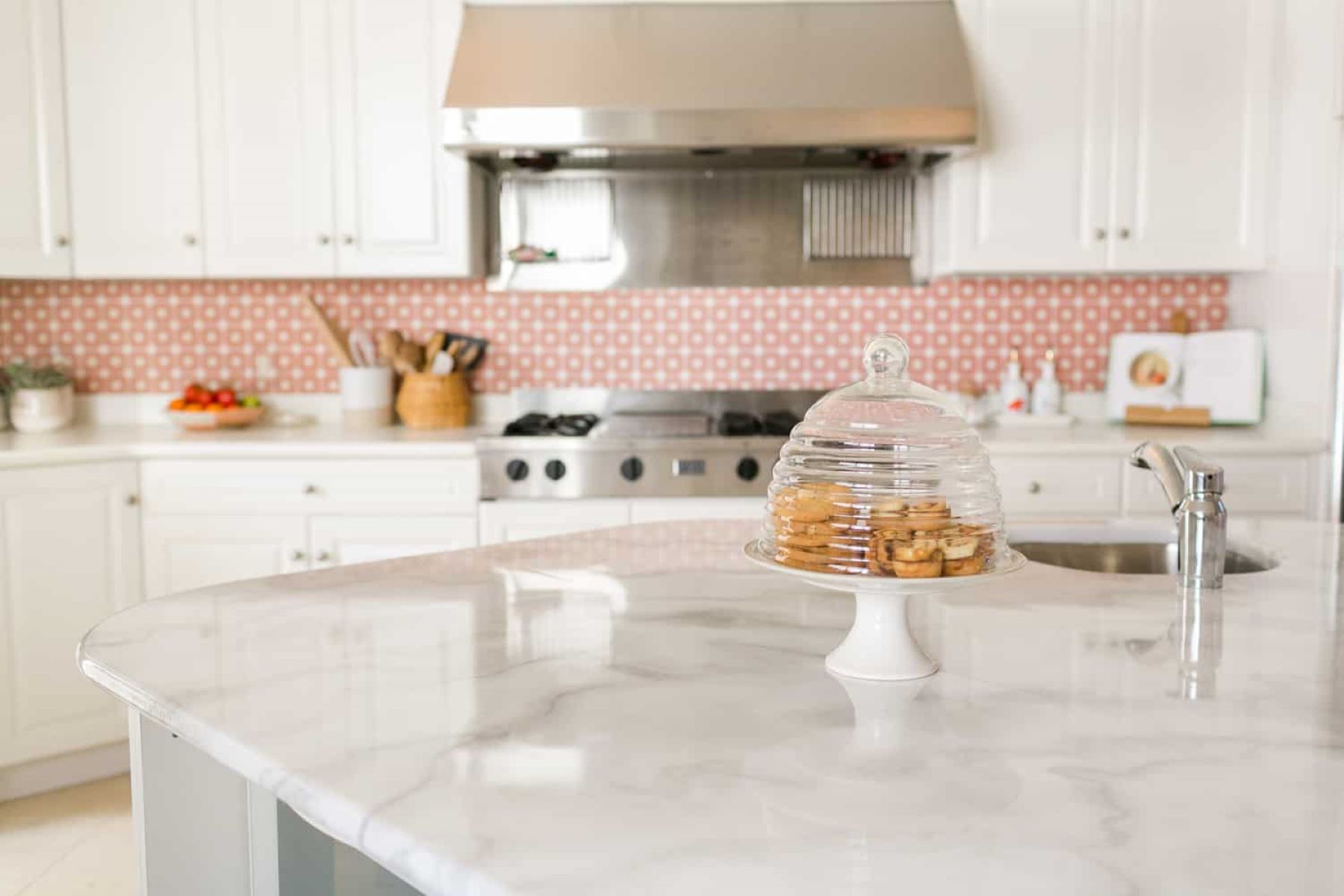
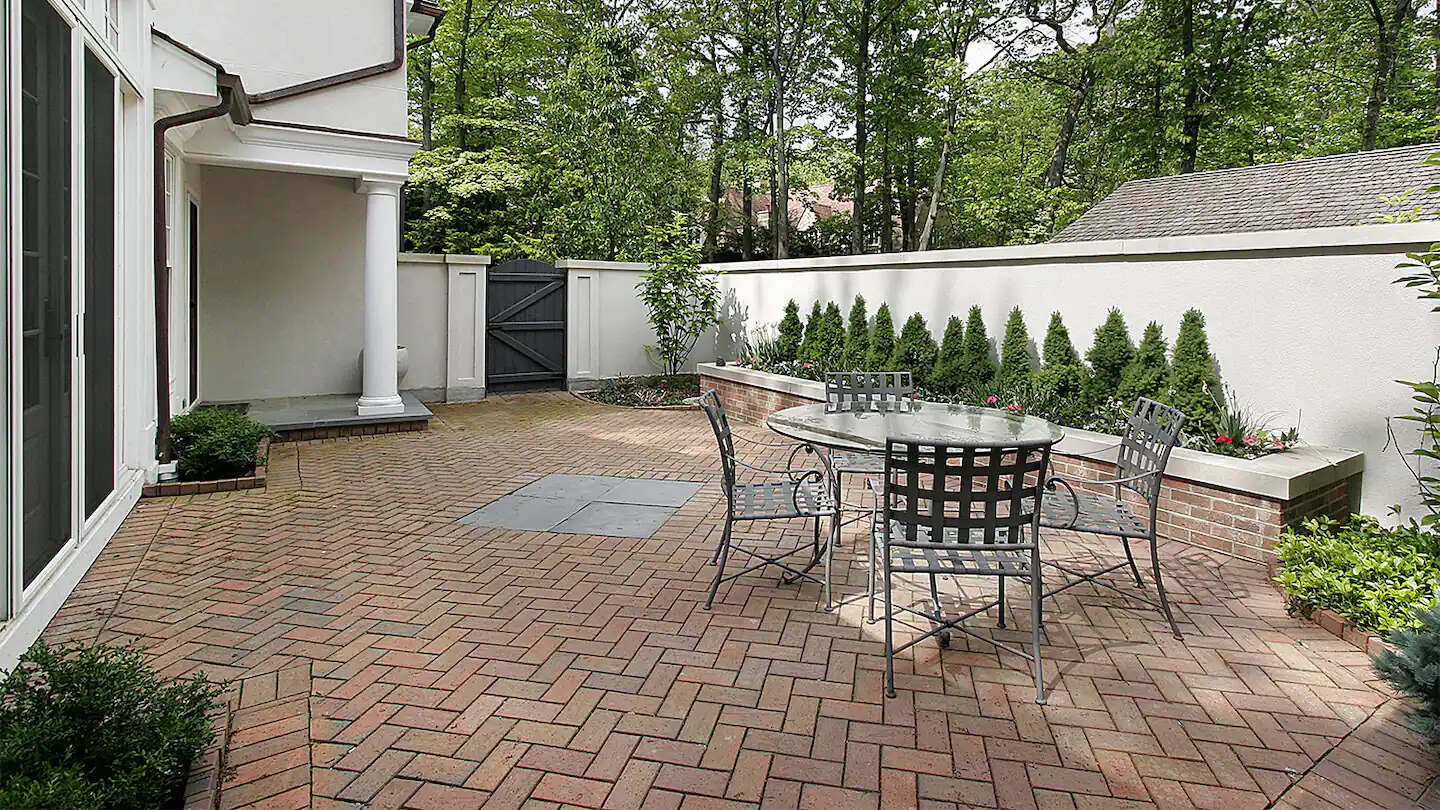
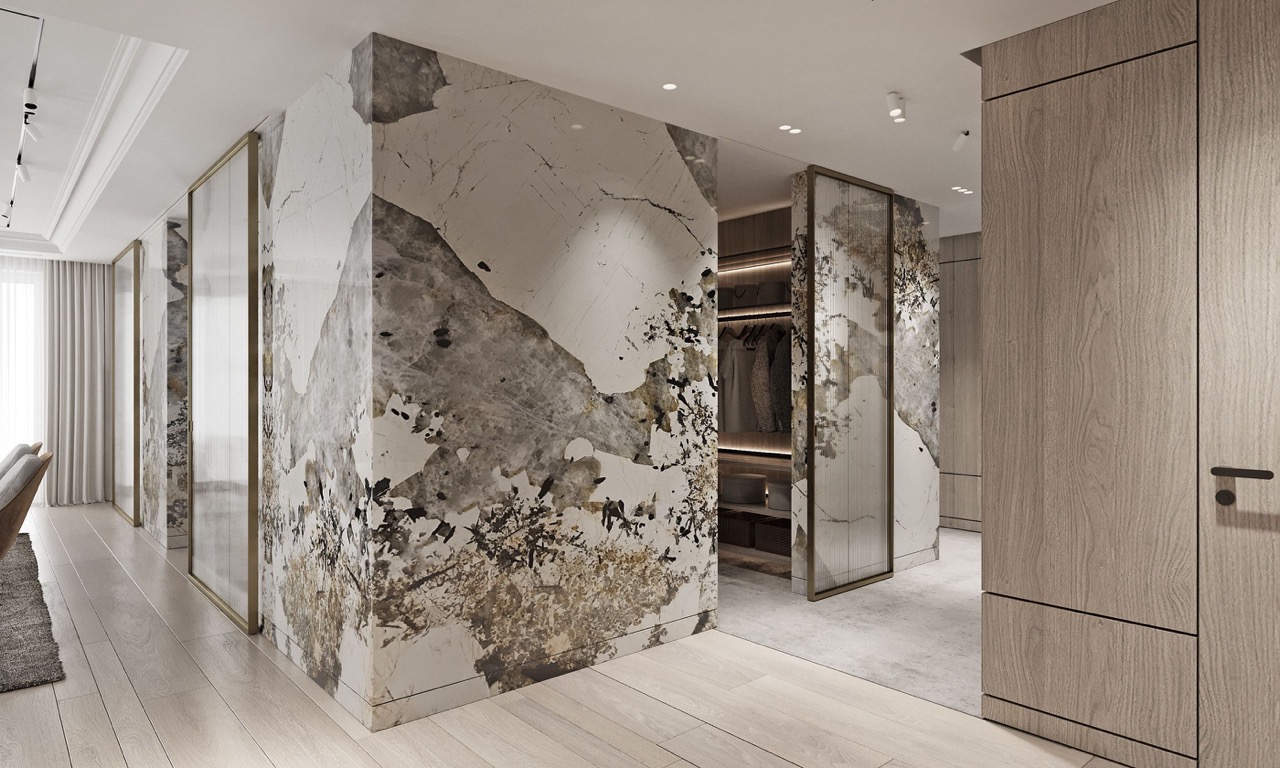
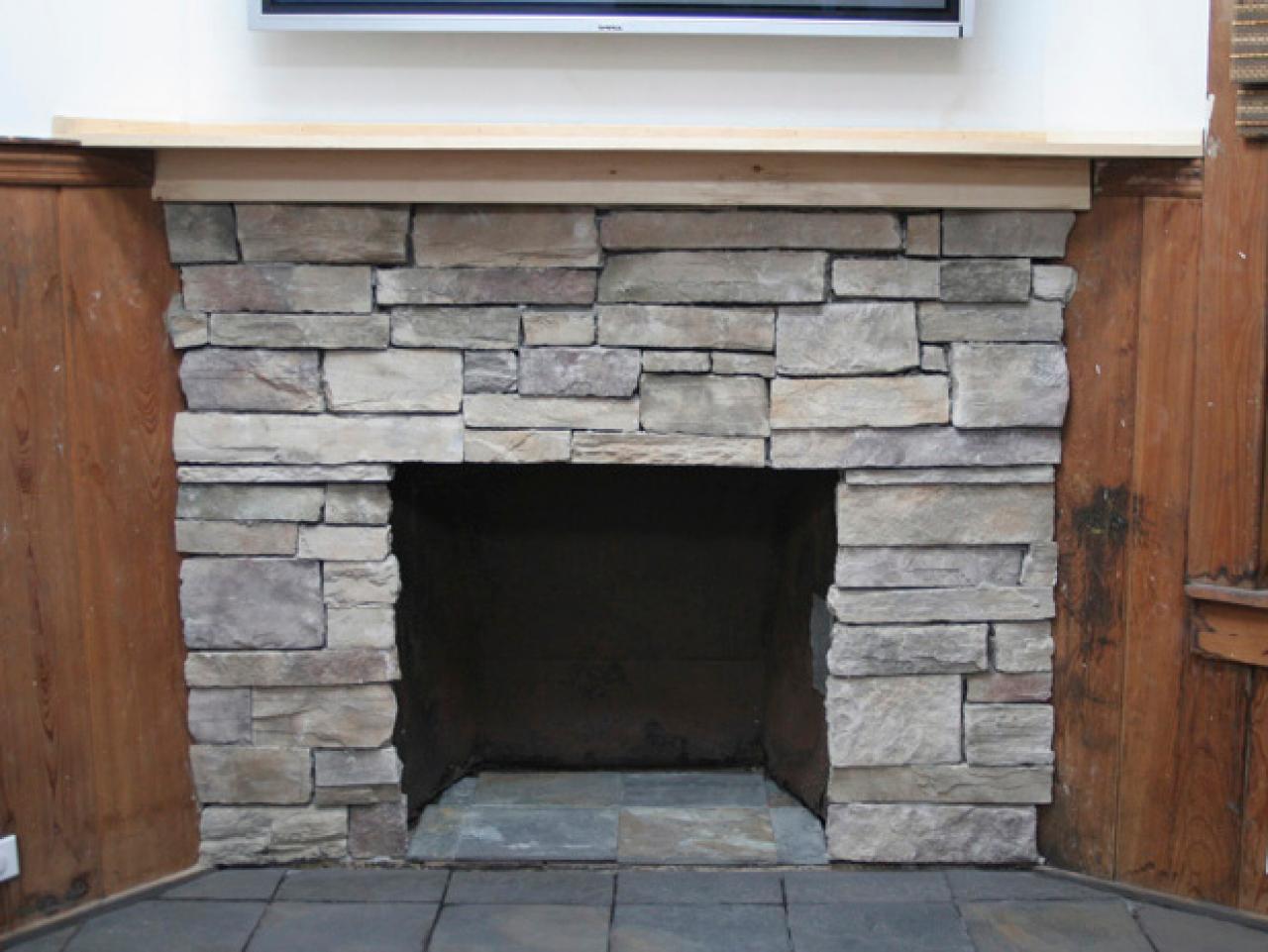
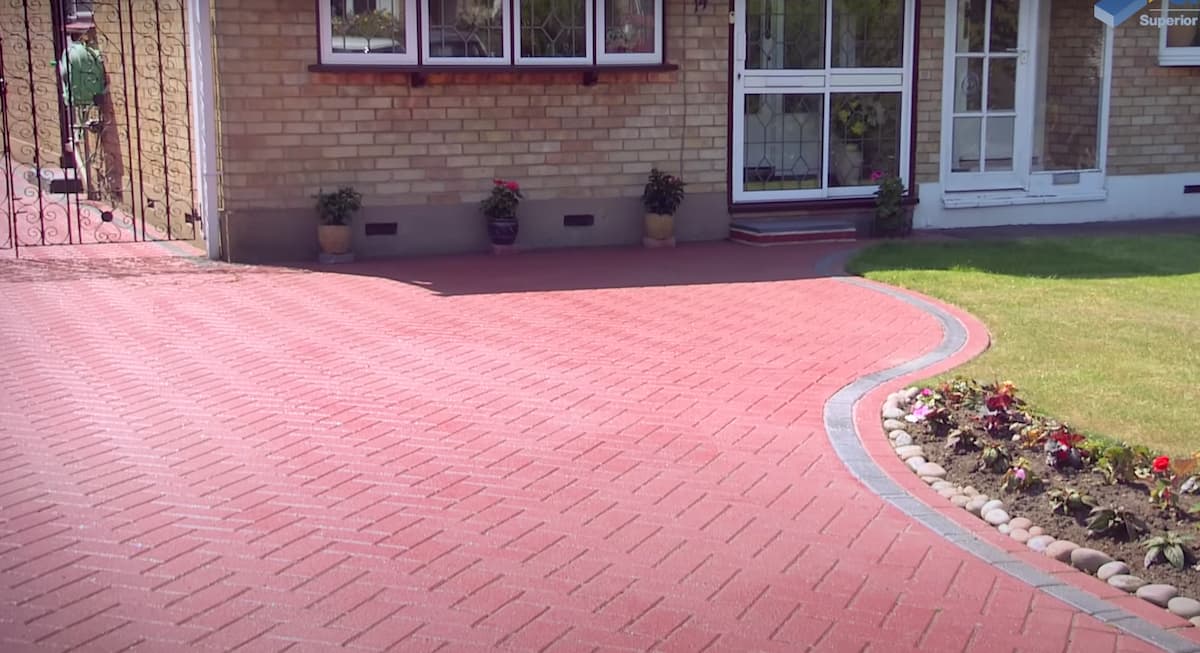
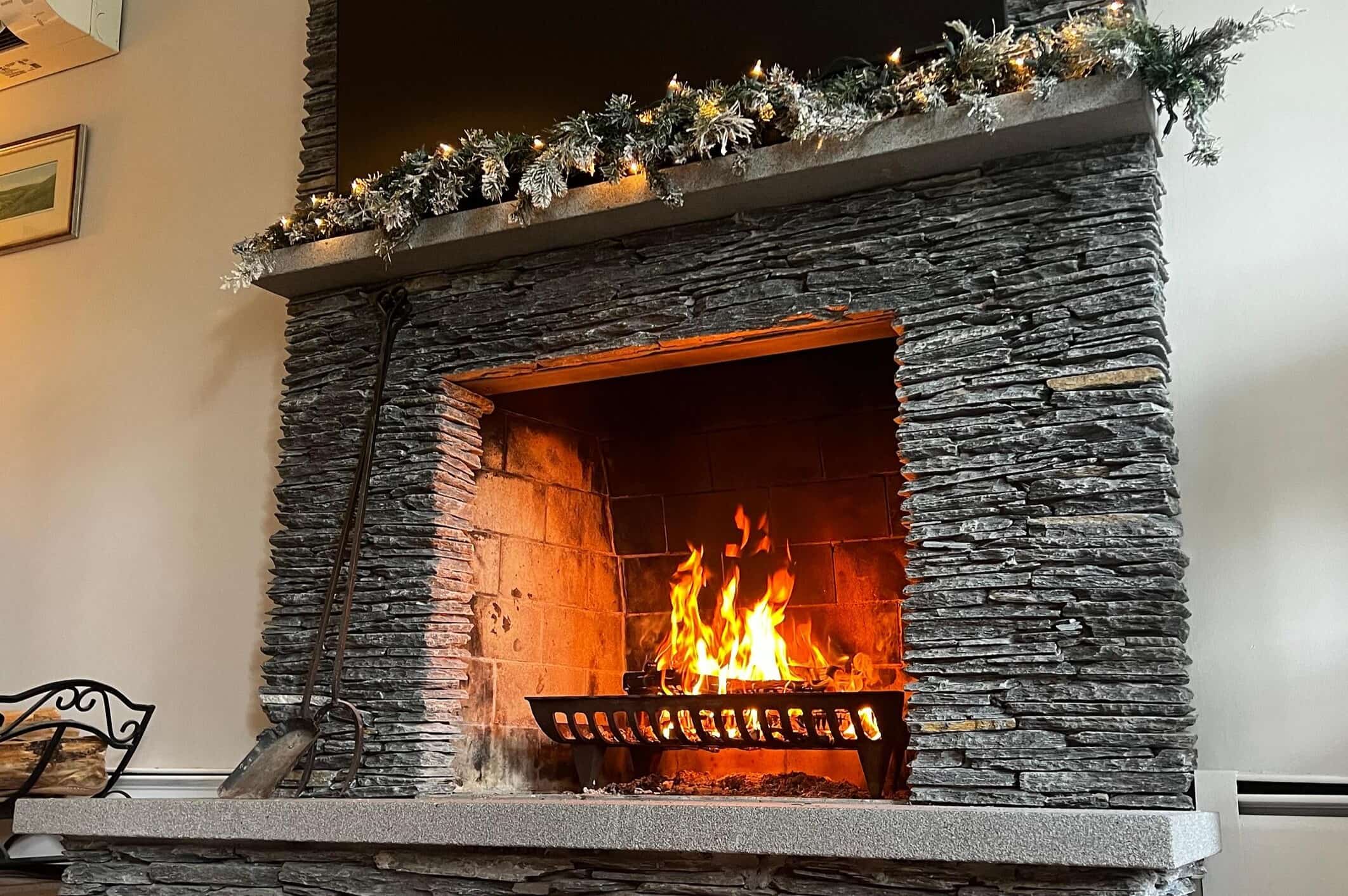
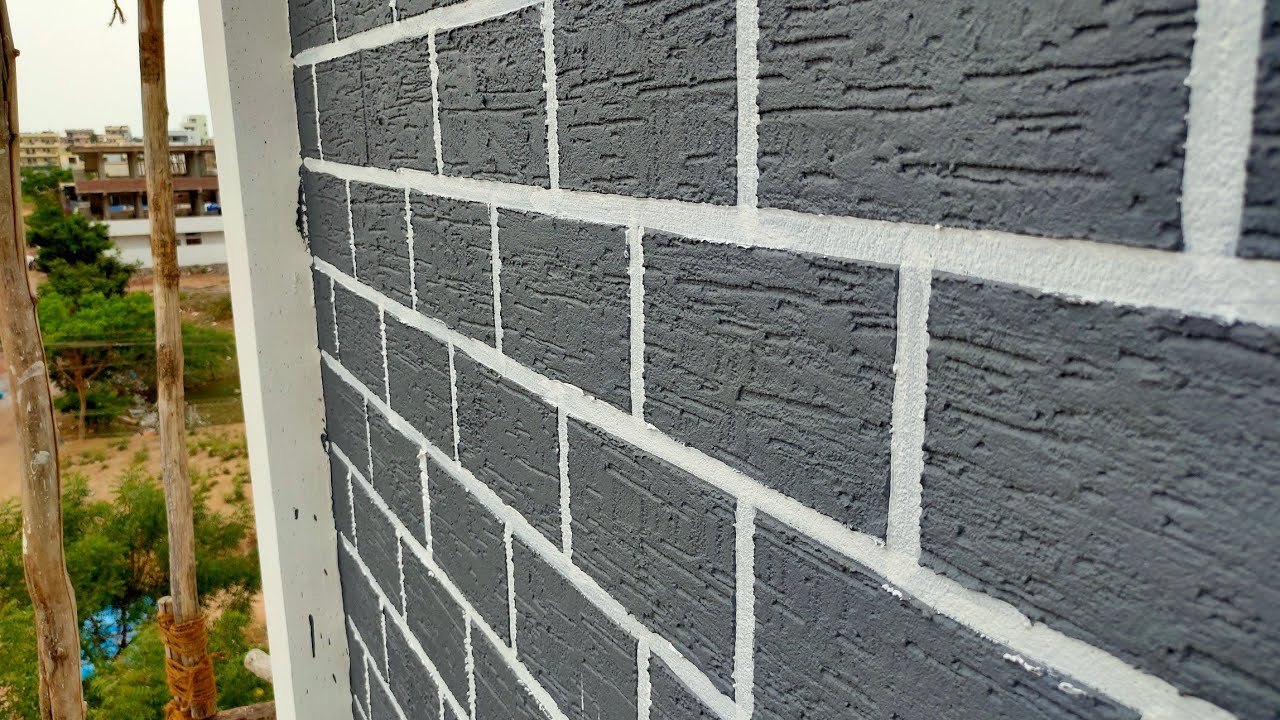
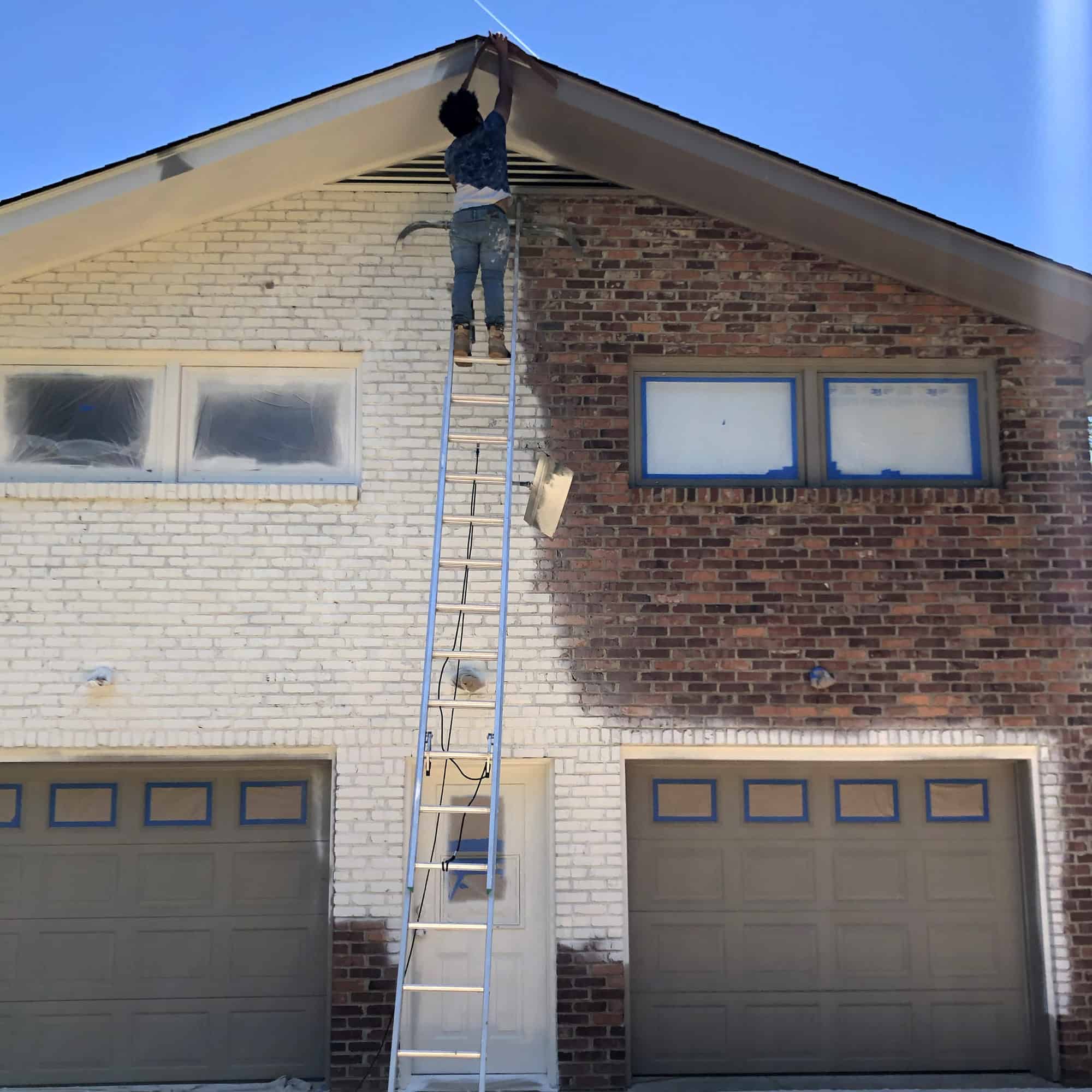
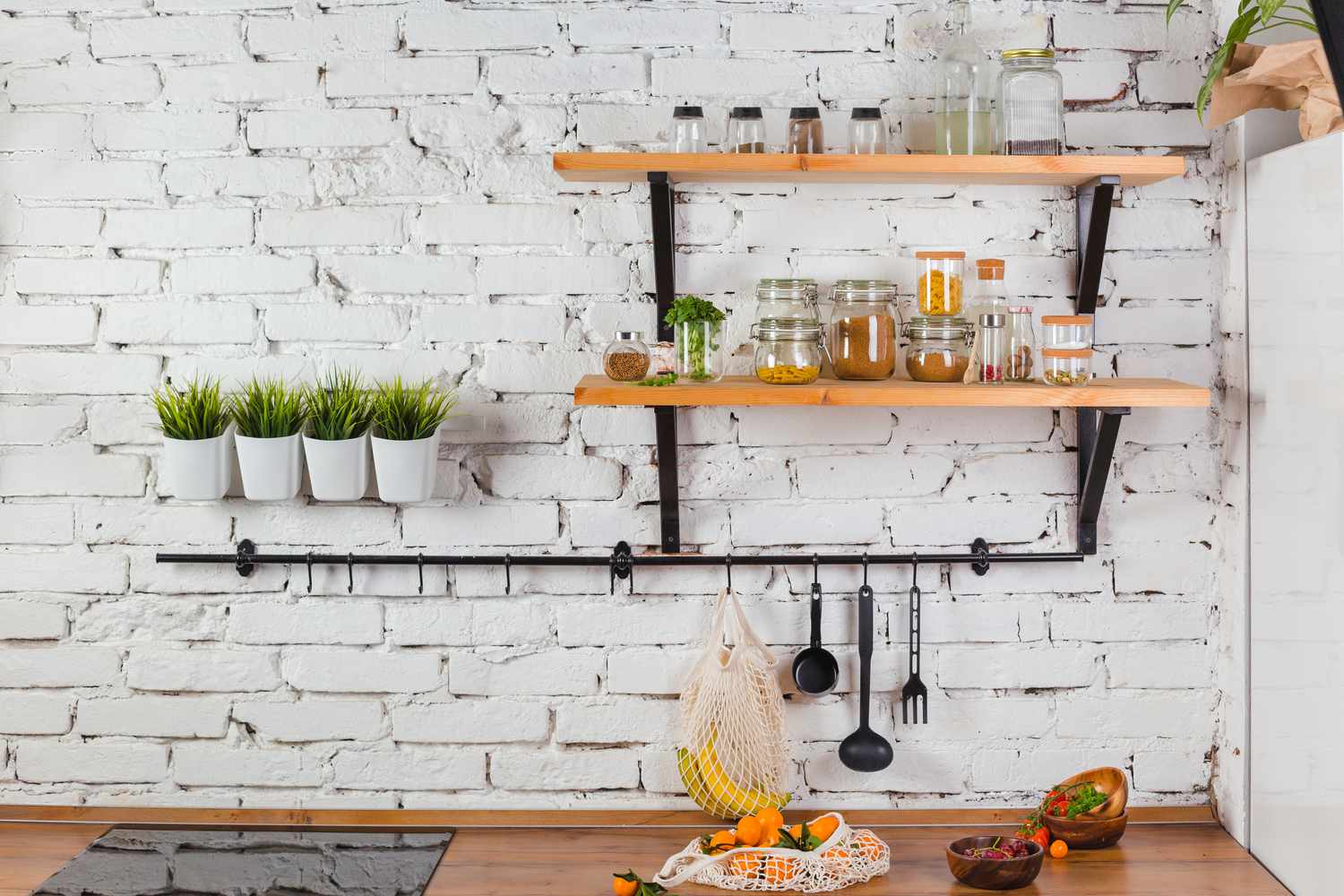
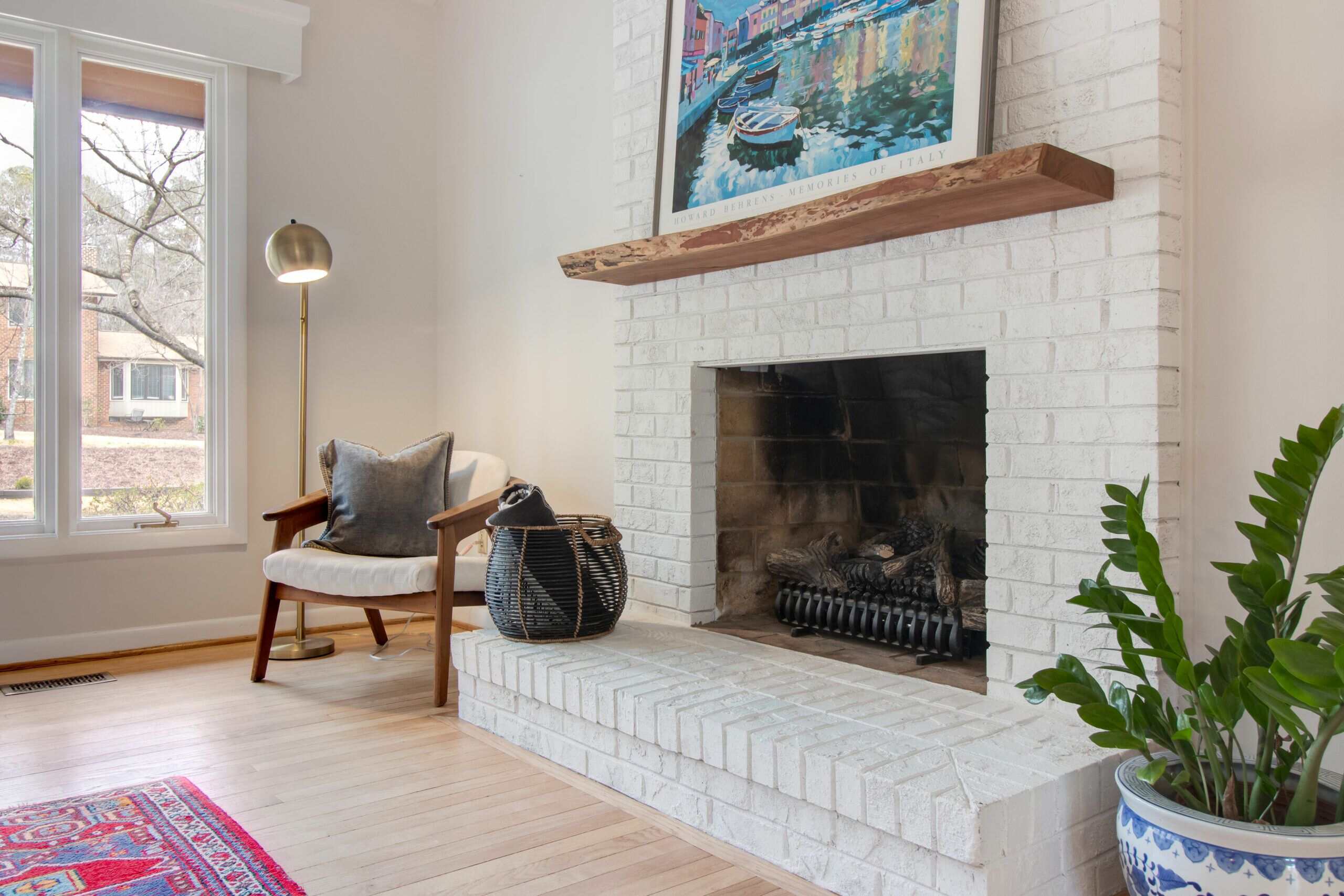
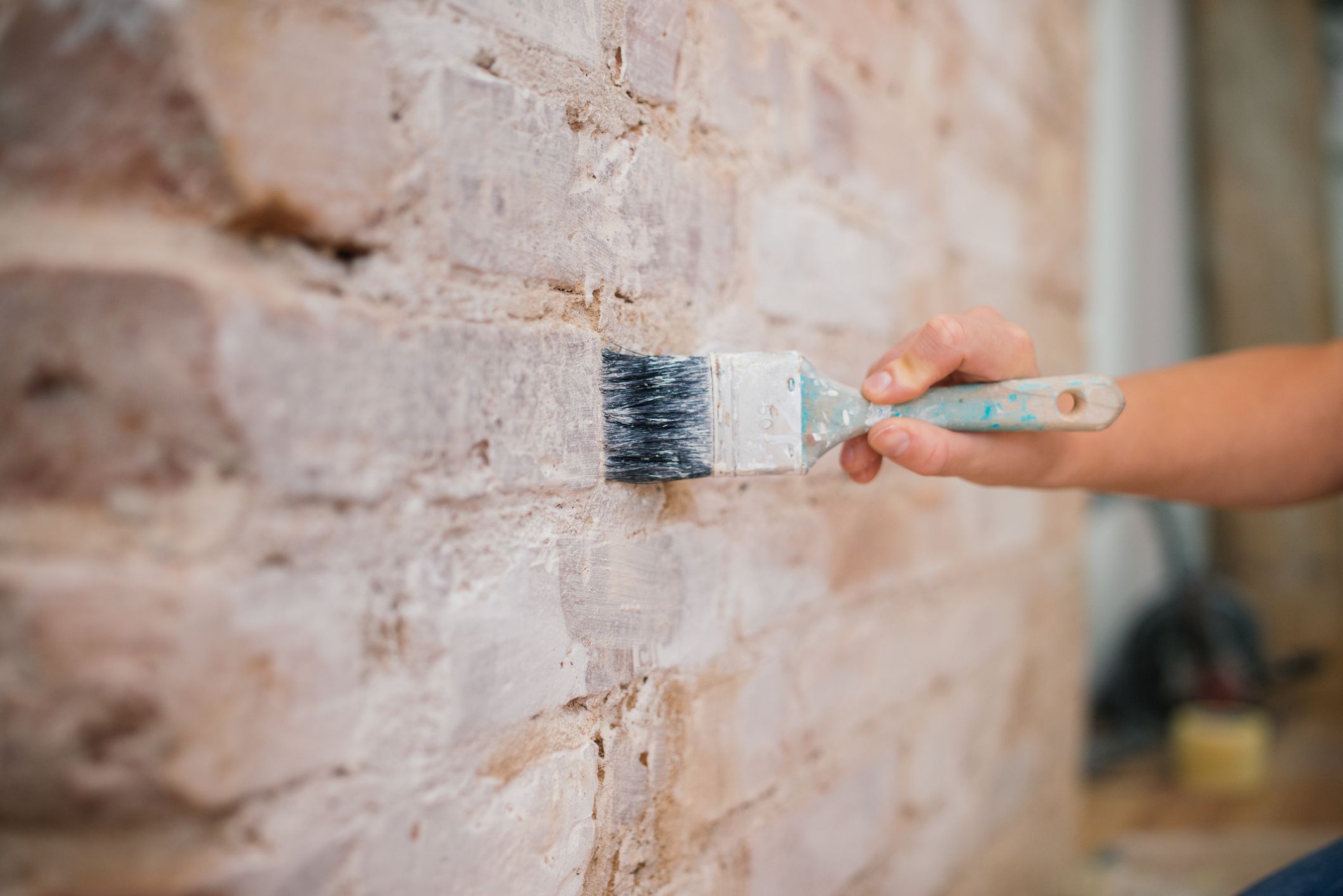
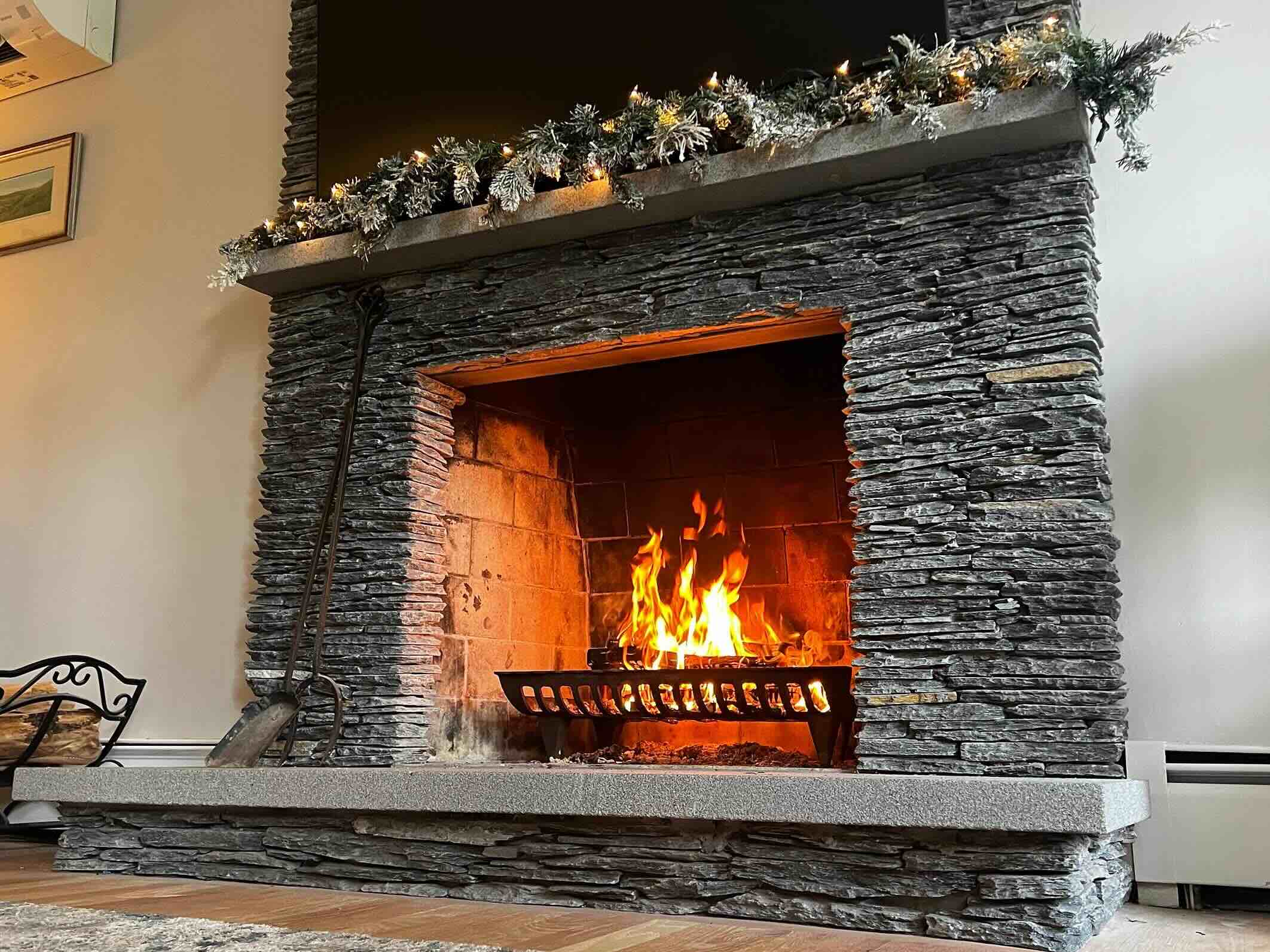
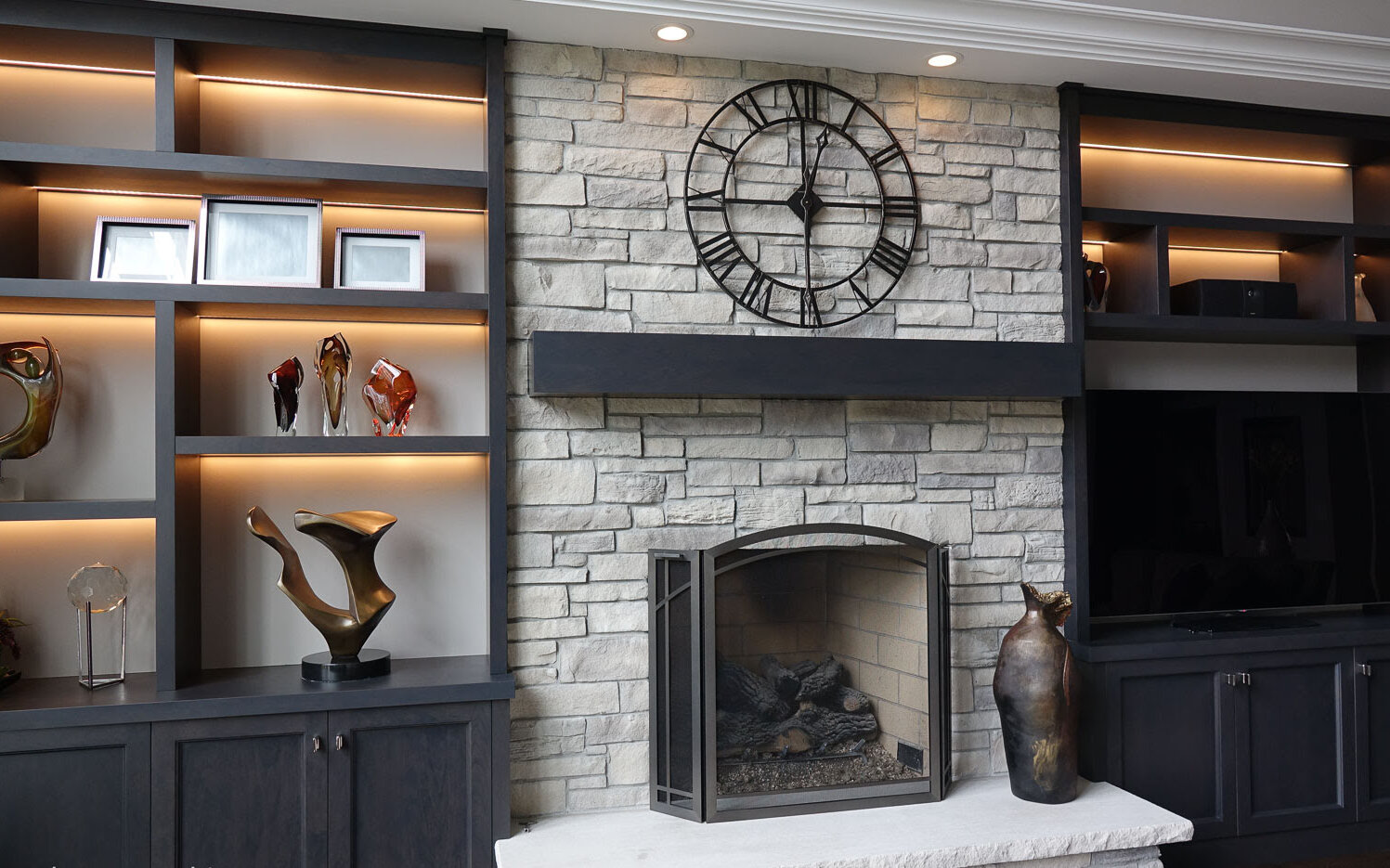
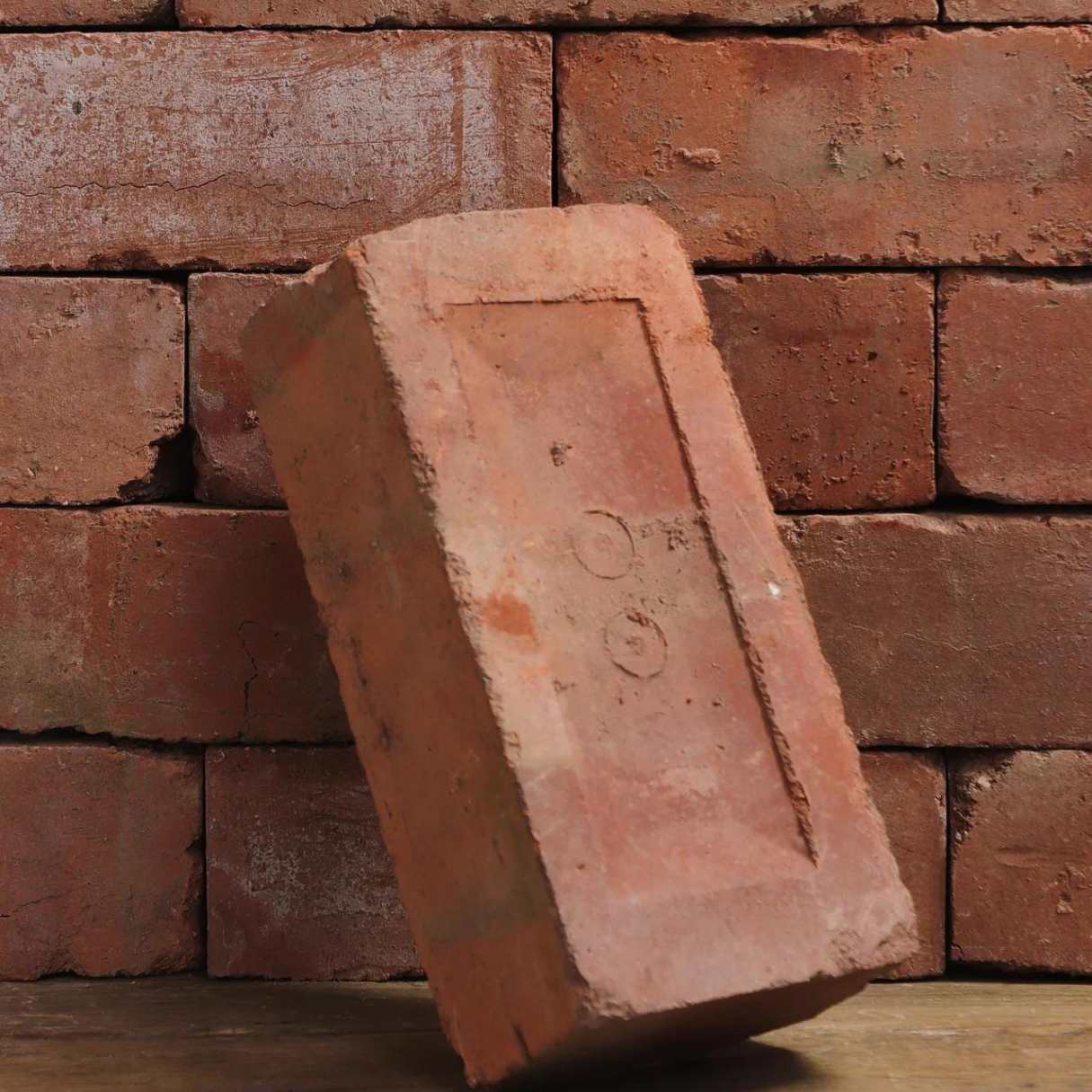

0 thoughts on “How To Paint Brick To Look Like Stone”